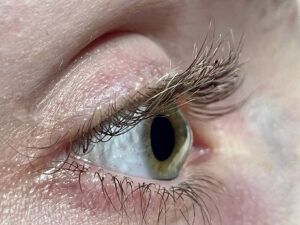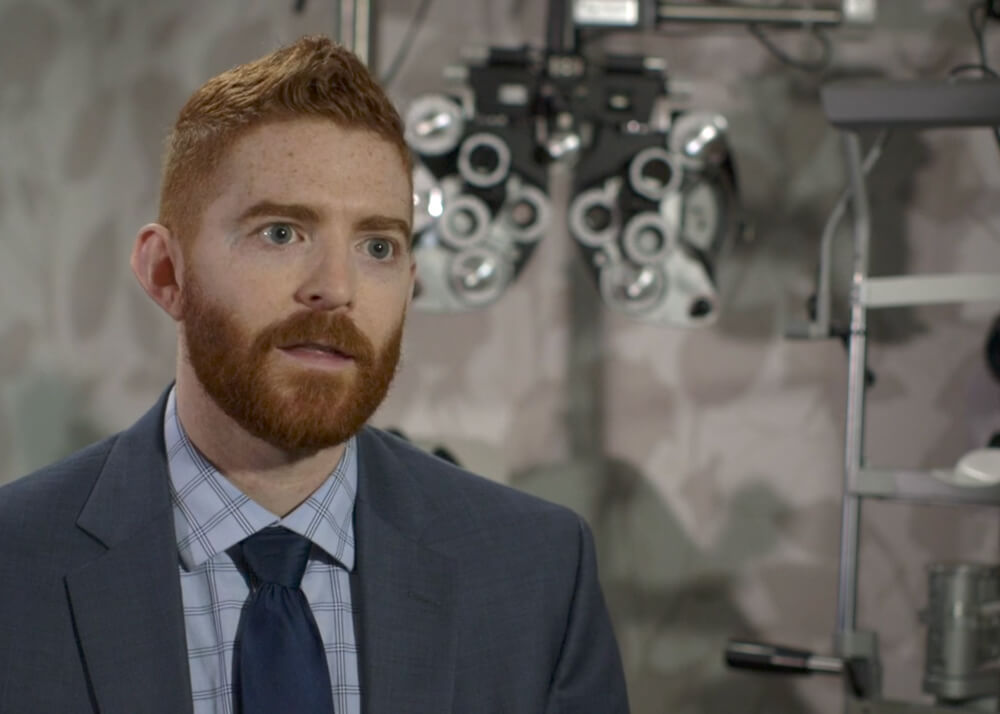Keratoconus
Diagnosing is the first step toward treatment.
Offering a clear solution.
 Keratoconus is not a common disease but it isn’t necessarily rare. 1 in 1,000 people are affected—mostly young African American and Latino men. However, females and other nationalities can be affected, too. Our specialists have the experience and tools to diagnose and treat cases whether the disease is in its early or late stages.
Keratoconus is not a common disease but it isn’t necessarily rare. 1 in 1,000 people are affected—mostly young African American and Latino men. However, females and other nationalities can be affected, too. Our specialists have the experience and tools to diagnose and treat cases whether the disease is in its early or late stages.
Offering a clear solution.

Keratoconus is not a common disease but it isn’t necessarily rare. 1 in 1,000 people are affected—mostly young African American and Latino men. However, females and other nationalities can be affected, too. Our specialists have the experience and tools to diagnose and treat cases whether the disease is in its early or late stages.
136k
affected
Americans
Source:
Right Diagnosis
Our Keratoconus Team
Watch Dr. Greg Barbush discuss the challenges of keratoconus and how scleral lenses can benefit patients.
PATIENT RESOURCES
Treating keratoconus with scleral contact lenses
There are several options in treating mild to severe keratoconus including scleral contact lenses. Because the cornea is misshapen, standard lenses do not account for the shape of your cornea. Scleral lenses are custom fit to accommodate the abnormal shape.
Watch Dr. Greg Barbush discuss the challenges of keratoconus and how scleral lenses can benefit patients.
What is Keratoconus?
Keratoconus is a degenerative affliction of the eye. It is characterized by changes in the shape of the cornea which changes the way light reaches the retina, resulting in blurred and distorted vision.
SLIDE the handle to the left and right to see what keratoconus can do to your vision.


SLIDE the handle to the left and right to see what keratoconus can do to your vision.
FREQUENTLY ASKED QUESTIONS
Still have questions?





